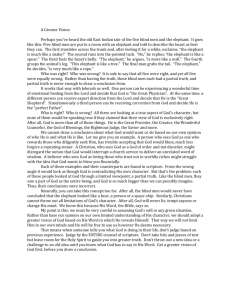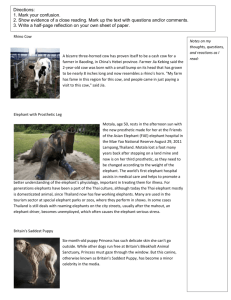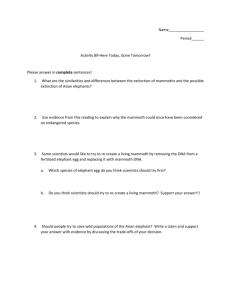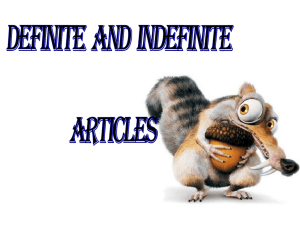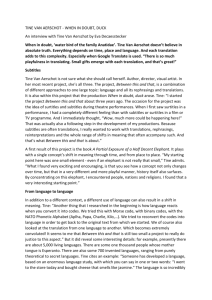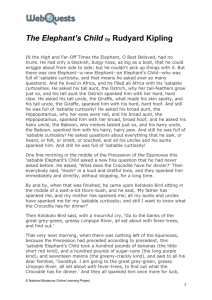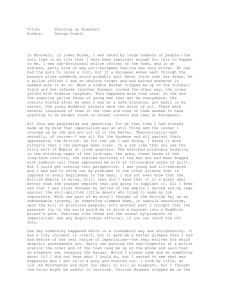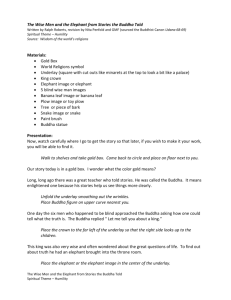File
advertisement
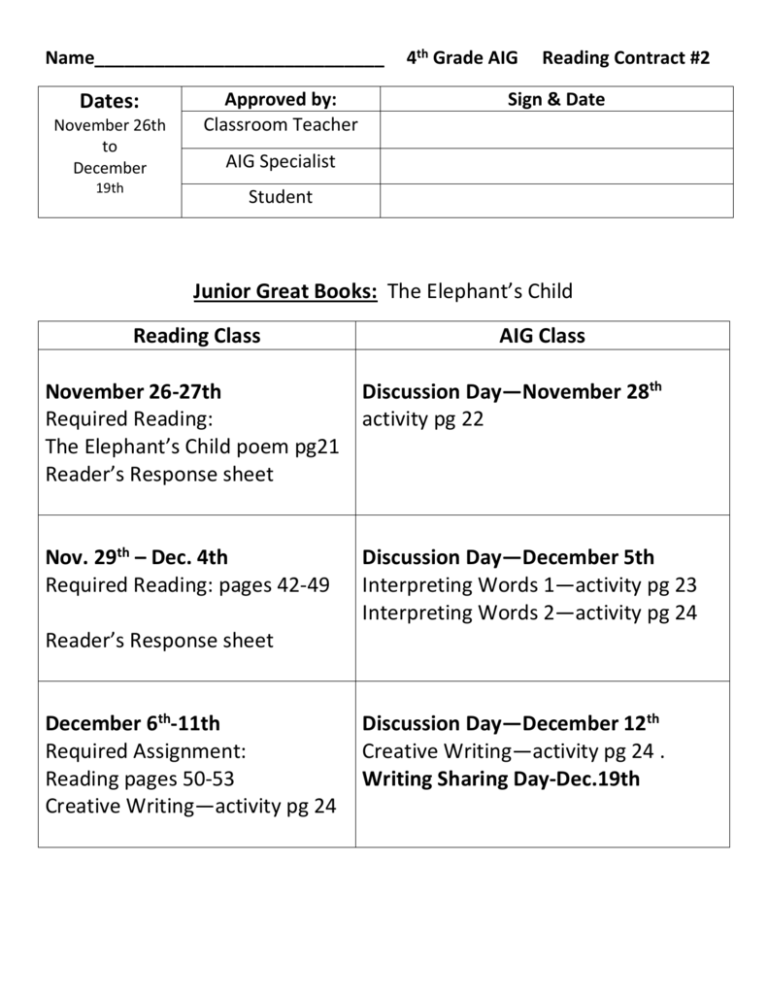
Name_____________________________ Dates: November 26th to December 19th Approved by: Classroom Teacher 4th Grade AIG Reading Contract #2 Sign & Date AIG Specialist Student Junior Great Books: The Elephant’s Child Reading Class AIG Class November 26-27th Discussion Day—November 28th Required Reading: activity pg 22 The Elephant’s Child poem pg21 Reader’s Response sheet Nov. 29th – Dec. 4th Required Reading: pages 42-49 Discussion Day—December 5th Interpreting Words 1—activity pg 23 Interpreting Words 2—activity pg 24 Reader’s Response sheet December 6th-11th Required Assignment: Reading pages 50-53 Creative Writing—activity pg 24 Discussion Day—December 12th Creative Writing—activity pg 24 . Writing Sharing Day-Dec.19th Common Core & Essential Standards: Reading: Literature Key Ideas and Details 1. Read closely to determine what the text says explicitly and to make logical inferences from it; cite specific textual evidence when writing or speaking to support conclusions drawn from the text. RL.5.1. Quote accurately from a text when explaining what the text says explicitly and when drawing inferences from the text. 2. Determine central ideas or themes of a text and analyze their development; summarize the key supporting details and ideas. RL.5.2. Determine a theme of a story, drama, or poem from details in the text, including how characters in a story or drama respond to challenges or how the speaker in a poem reflects upon a topic; summarize the text. 3. Analyze how and why individuals, events, and ideas develop and interact over the course of a text. RL.5.3. Compare and contrast two or more characters, settings, or events in a story or drama, drawing on specific details in the text (e.g., how characters interact). Craft and Structure 4. Interpret words and phrases as they are used in a text, including determining technical, connotative, and figurative meanings, and analyze how specific word choices shape meaning or tone. RL.5.4. Determine the meaning of words and phrases as they are used in a text, including figurative language such as metaphors and similes. 5. Analyze the structure of texts, including how specific sentences, paragraphs, and larger portions of the text (e.g., a section, chapter, scene, or stanza) relate to each other and the whole. RL.5.5. Explain how a series of chapters, scenes, or stanzas fits together to provide the overall structure of a particular story, drama, or poem. 6. Assess how point of view or purpose shapes the content and style of a text. RL.5.6. Describe how a narrator’s or speaker’s point of view influences how events are described. Writing 5. Develop and strengthen writing as needed by planning, revising, editing, rewriting, or trying a new approach. W.5.5. With guidance and support from peers and adults, develop and strengthen writing as needed by planning, revising, editing, rewriting, or trying a new approach. Name________________________ Junior Great Books: Grade 4 The Elephant’s Child by Rudyard Kipling Reader’s Response: pgs 43-50 Due Date: Dec.12 Guiding Question: Why is the Elephant’s Child rewarded for his “satiable curiousty” with a useful new nose? 1. Why do the animals spank the Elephant’s Child all the more vigorously when he asks what the crocodile eats for dinner? 2. Why does the Elephant’s Child have to make such a long journey to find out what the crocodile eats for dinner? 3. Why is the Elephant’s Child “annoyed” rather than frightened when the crocodile grabs his nose? 4. Why does the Elephant’s Child stop being so polite when he gets his “really truly trunk? Name________________________ Junior Great Books: Grade 4 The Elephants Child by Rudyard Kipling Reader’s Response: pgs 50-53 Due Date: December 19th Guiding Question: Why doesn’t the Snake tell the Elephant’s Child about the advantages of his new nose so immediately? 1. Why does the Snake decide to help the Elephant’s Child, when before he was so scornful to him? 2. When Snake finds out the Elephant’s Child is trying to shrink his nose, why does he say, “Some people do not know what is good for them”? 3. Why does Snake tell the Elephant’s Child that his new nose will be good for spanking? Guiding Question: Why are there no more spankings at the end of the story? 1. Why does the Elephant’s Child “politely” ask the animals to stop spanking him when they spank him for luck? 2. Why does the Elephant’s Child prove how useful his new nose is by heaving his Uncle the Baboon into a hornet’s nest? 3. Why do all the family members go off to get new noses for the Crocodile Why is this the only way to stop all spankings for good?

